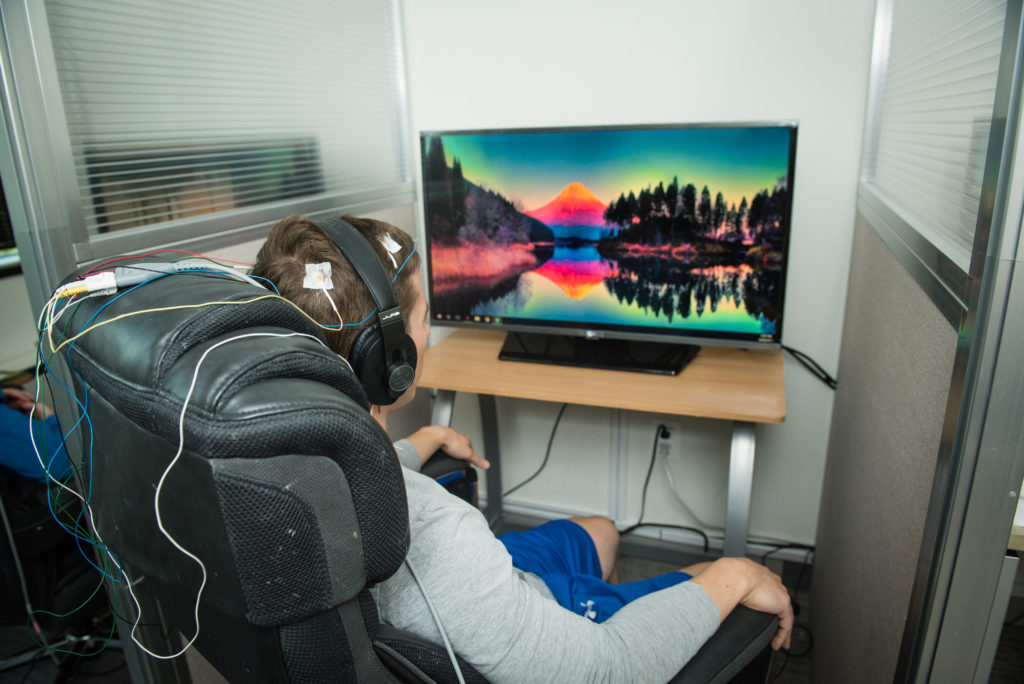Biofeedback is a technique that educates individuals how to control specific bodily functions by utilizing signals from their own bodies. This method involves using sensors that track physiological functions such as heart rate, muscle tension, and skin temperature. By offering real-time feedback, individuals can discover to identify their body's responses to pain and stress. This consciousness allows them to formulate strategies to manage their pain more effectively. For instance, if a person observes that their muscle tension increases when they are in pain, they can utilize relaxation techniques to help alleviate that tension.

One of the primary advantages of biofeedback is that it empowers patients to take an active role in their pain management. Instead of relying solely on medications or treatments from healthcare providers, individuals can learn to comprehend and regulate their own physiology. This feeling of control can lead to increased confidence and a more positive outlook on life. Many individuals indicate feeling more in control of their pain and less like sufferers of their syndrome. This change in perspective can substantially improve their standard of life.
Studies has demonstrated that biofeedback can be beneficial in alleviating chronic pain symptoms. Research indicate that patients who use biofeedback techniques often experience less pain and improved physical ability. Additionally, biofeedback can help reduce anxiety and stress, which are frequent concerns for those dealing with chronic pain. By tackling both the physical and psychological aspects of pain, biofeedback provides a comprehensive approach to pain management. This comprehensive method can lead to better outcomes for patients, allowing them to engage more completely in their routine activities.
In summary, biofeedback is a significant tool for revolutionizing chronic pain control. By educating patients to understand and control their physiological responses, biofeedback empowers individuals to take control of their pain. This method not only helps alleviate pain but also improves overall standard of life. As more individuals seek alternatives to traditional pain management methods, biofeedback stands out as a potential option. With ongoing research and awareness, biofeedback could become an integral part of chronic pain therapy, published here helping individuals lead healthier, more fulfilling lives.